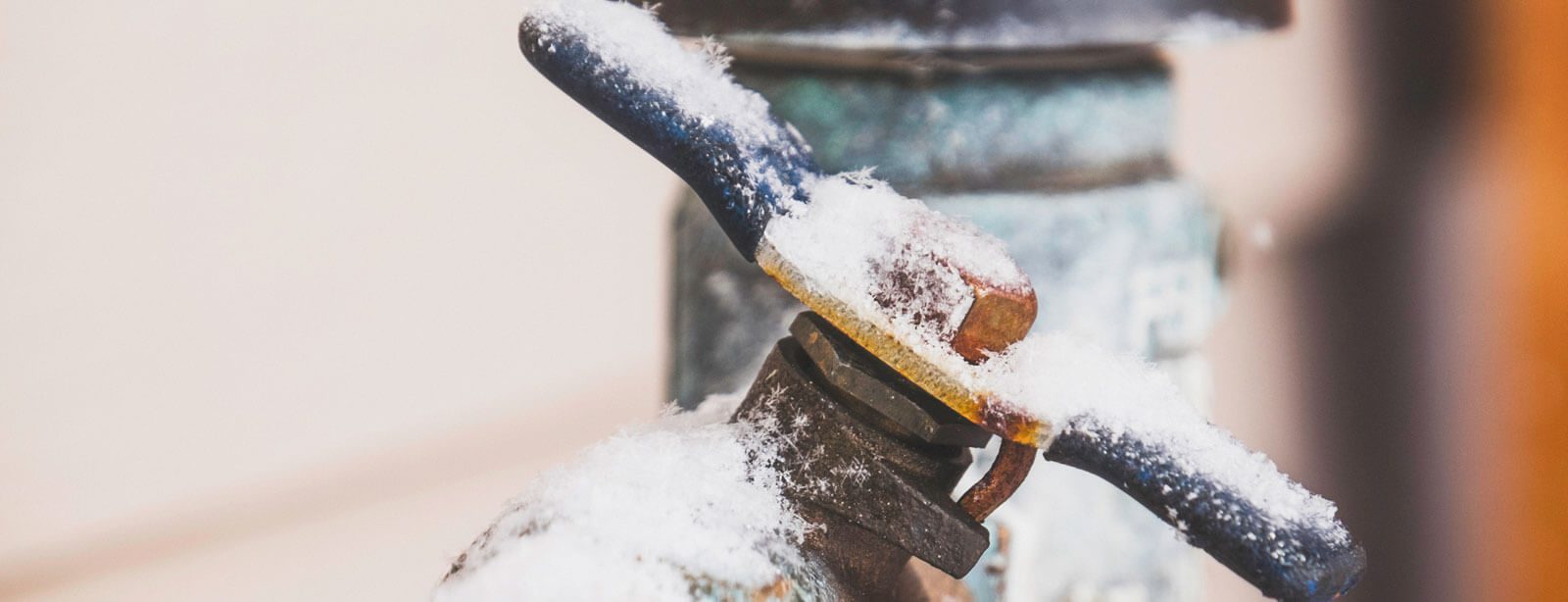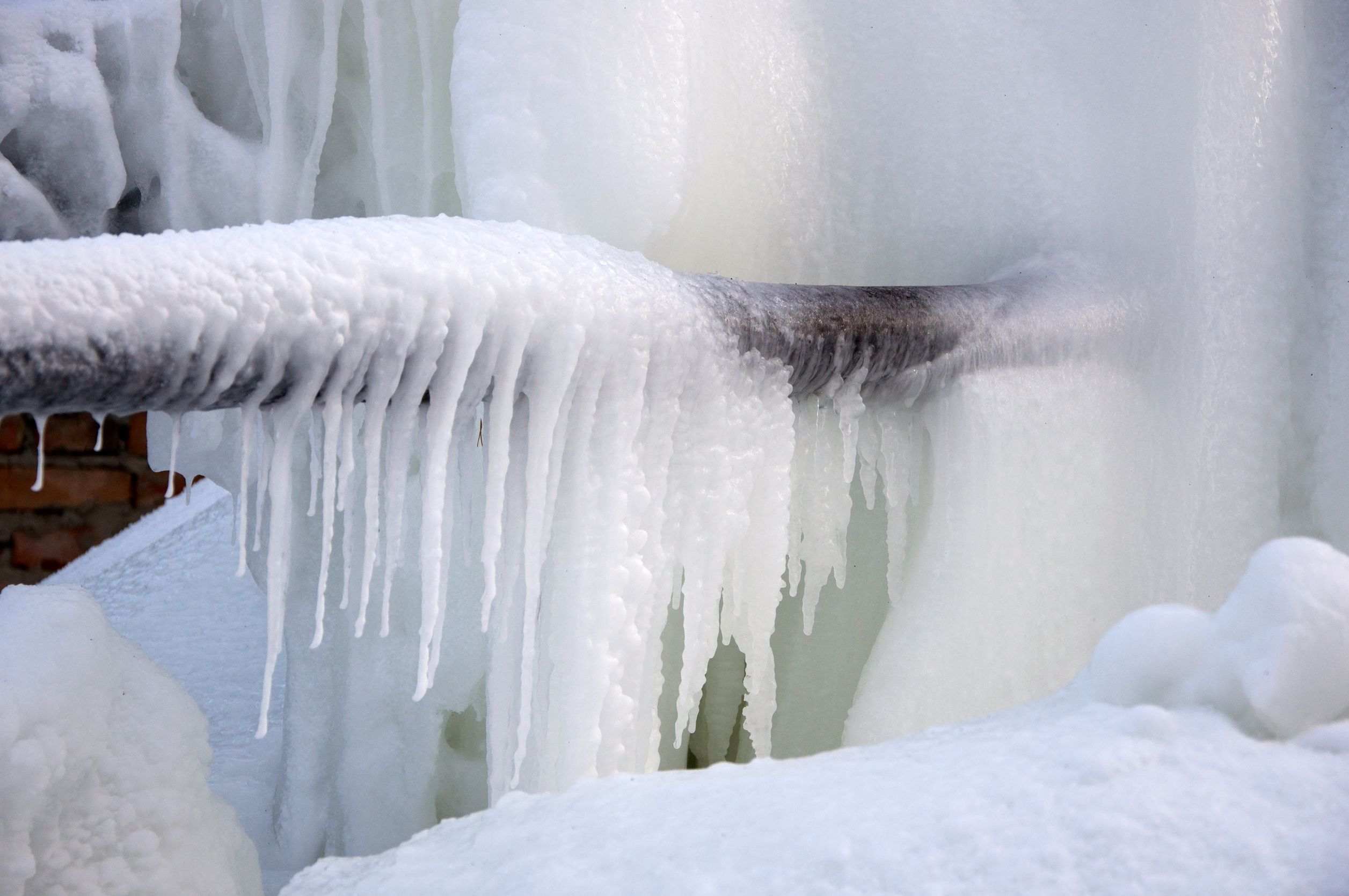Critical Approaches for Preventing Frozen Pipes in Winter
Critical Approaches for Preventing Frozen Pipes in Winter
Blog Article
What're your thoughts and feelings about Prevent Frozen Pipes ?

Cold weather can ruin your pipes, particularly by freezing pipelines. Right here's just how to prevent it from occurring and what to do if it does.
Intro
As temperature levels decline, the threat of icy pipelines rises, possibly leading to costly repairs and water damage. Understanding just how to stop icy pipelines is important for house owners in chilly climates.
Prevention Tips
Insulating susceptible pipes
Wrap pipelines in insulation sleeves or utilize heat tape to protect them from freezing temperature levels. Focus on pipelines in unheated or external locations of the home.
Heating methods
Maintain indoor spaces effectively warmed, especially areas with plumbing. Open cabinet doors to allow warm air to circulate around pipes under sinks.
Exactly how to determine frozen pipes
Search for reduced water flow from faucets, uncommon smells or noises from pipes, and visible frost on revealed pipes.
Long-Term Solutions
Structural modifications
Think about rerouting pipelines away from outside walls or unheated areas. Add added insulation to attic rooms, cellars, and crawl spaces.
Upgrading insulation
Invest in top quality insulation for pipelines, attic rooms, and walls. Correct insulation assists maintain regular temperatures and reduces the threat of frozen pipelines.
Securing Outdoor Pipes
Garden pipes and outdoor taps
Disconnect and drain yard hose pipes prior to winter. Mount frost-proof spigots or cover outside taps with insulated caps.
Comprehending Icy Pipelines
What causes pipes to ice up?
Pipelines ice up when exposed to temperatures listed below 32 ° F (0 ° C) for expanded durations. As water inside the pipelines ices up, it increases, taxing the pipeline walls and potentially causing them to burst.
Risks and problems
Icy pipelines can cause water system interruptions, residential property damages, and expensive repairs. Burst pipes can flooding homes and trigger extensive architectural damage.
Signs of Frozen Piping
Determining frozen pipelines early can prevent them from breaking.
What to Do If Your Pipes Freeze
Immediate activities to take
If you think icy pipes, maintain faucets open up to ease pressure as the ice thaws. Use a hairdryer or towels taken in warm water to thaw pipelines gradually.
Conclusion
Preventing frozen pipelines requires positive steps and quick feedbacks. By comprehending the reasons, signs, and preventive measures, homeowners can protect their plumbing during cold weather.
5 Ways to Prevent Frozen Pipes
Drain Outdoor Faucets and Disconnect Hoses
First, close the shut-off valve that controls the flow of water in the pipe to your outdoor faucet. Then, head outside to disconnect and drain your hose and open the outdoor faucet to allow the water to completely drain out of the line. Turn off the faucet when done. Finally, head back to the shut-off valve and drain the remaining water inside the pipe into a bucket or container. Additionally, if you have a home irrigation system, you should consider hiring an expert to clear the system of water each year.
Insulate Pipes
One of the best and most cost-effective methods for preventing frozen water pipes is to wrap your pipes with insulation. This is especially important for areas in your home that aren’t exposed to heat, such as an attic. We suggest using foam sleeves, which can typically be found at your local hardware store.
Keep Heat Running at 65
Your pipes are located inside your walls, and the temperature there is much colder than the rest of the house. To prevent your pipes from freezing, The Insurance Information Institute suggests that you keep your home heated to at least 65 degrees, even when traveling. You may want to invest in smart devices that can keep an eye on the temperature in your home while you’re away.
Leave Water Dripping
Moving water — even a small trickle — can prevent ice from forming inside your pipes. When freezing temps are imminent, start a drip of water from all faucets that serve exposed pipes. Leaving a few faucets running will also help relieve pressure inside the pipes and help prevent a rupture if the water inside freezes.
Open Cupboard Doors
Warm your kitchen and bathroom pipes by opening cupboards and vanities. You should also leave your interior doors ajar to help warm air circulate evenly throughout your home.

We are very fascinated with 6 Ways to Prevent Frozen Pipes and I'm hoping you appreciated the entire article. Are you aware of anybody else who is excited about Preventing and dealing with frozen pipes? Why not promote it. Thanks a bunch for being here. Return soon.
Schedule Today Report this page